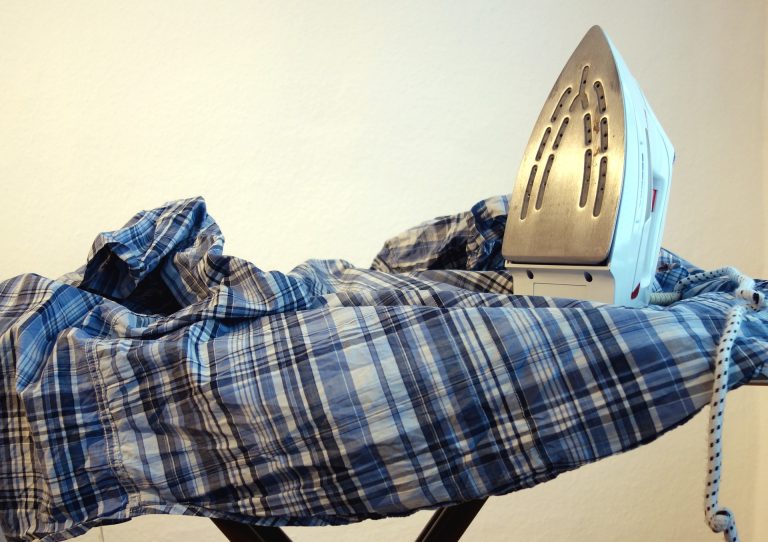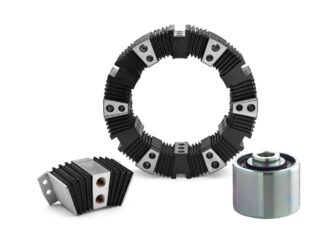
Ironing is an activity that we often do during the week, and it takes up a lot of time. For this very reason, it’s good to pay attention to the use we make of the iron, as it could increase the cost of our bill.
So let’s find out if and how much energy and money we can save when we iron.
How Much Does the Iron Consume?
Common irons have power ratings ranging from 600 to 3000 W, depending on the type and model.
As a result, the absorption peaks can be equal or higher than those of washing machines. However, this appliance reaches its maximum power only during the heating phase, usually indicated by the classic red light on. At full temperature, the power consumption drops to approx. 1000 W to ensure maintenance. We can so estimate that a switched-on iron consumes on average 1000 W for one hour of use (1 kWh).
Of course, the most practical and immediate way to save money is to buy a high energy class model. With a low consumption iron, in fact, you can reduce the number of watts of consumption, without sacrificing power. It is true that on average, such appliances cost a little more than other models. However, you should always consider that you will recover the money spent in the following months, when you have a lower bill to pay.
How to Save Money when Ironing
You can make up for wasted electricity from your iron by paying attention to a few things before ironing. For example:
- Choose gentle washes to reduce creases in clothing;
- Dry your clothes carefully: this way you will avoid ironing a lot of garments;
- Dampen your laundry before you start ironing: this will allow you to remove creases faster.
Once you turn the iron on, here are the things to be particularly careful about:
- Iron when electricity is cheaper, usually in the evening or on weekends. To find out when it’s best to iron, however, just check your bill;
- Don’t leave the iron on between things;
- Iron clothes that need lower temperatures first, because as you use it, the iron will heat up;
- Turn off the iron when only a few cloths are missing. The heat will still be enough to finish ironing;
- Carefully maintain the iron, in order to avoid the accumulation of limescale.
Pay close attention to limescale, because it reduces the efficiency of iron and increases electricity consumption. To avoid limescale formation, there are two important things to do:
- Prevention: use decalcified water and always empty the water tank when you have finished ironing.
- Cleaning: remove the limescale formed in the tank with specific products on the market or with natural products such as vinegar.




